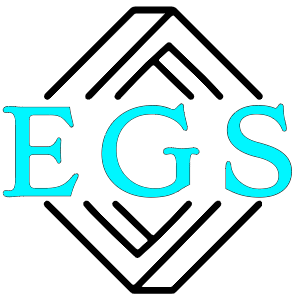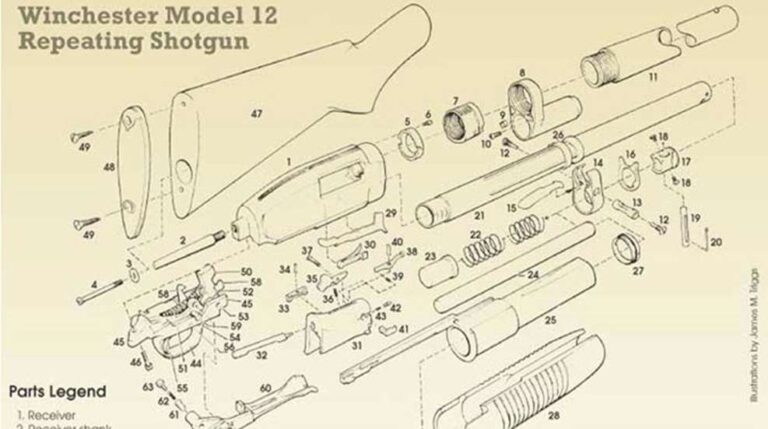Mastering Sight Picture, Sight Radius & Hold
Mastering Sight Picture, Sight Radius & Hold
There are three simple things that affect your marksmanship with every shot; two of them are under your control, and the third depends on your firearm.
There are three simple things that affect your marksmanship with every shot; two of them are under your control, and the third depends on your firearm. Under the first category are sight alignment/sight picture and hold—under the latter category, sight radius. We’ll start with sight radius, since it’s a consideration you’ll want to take into account before you purchase your gun…and it’s also the least likely to offer a significant impact for the “everyday” shooter.
Sight Radius
The distance between the front and rear iron sights is called the sight radius. A longer sight radius offers greater theoretical precision. For this reason, many iron-sighted target guns have features to increase the sight radius, such as front sight extenders on target pistols and “bloop” tubes on the end of rifle barrels. Tang rear sights mounted on the stocks were used for the same purpose in the 19th century.
Sight radius also affects iron-sight adjustments. A typical match-type micrometer rear sight offering 1/4 m.o.a. clicks moves the aperture .002 inches with each click. With a 30-inch sight radius, this changes bullet impact .24 inches per click at 100 yards, very close to the advertised value. Shorten the sight radius to 24 inches, however, and the change in bullet impact per click is .3 inches. This is not significant at 100 yards, but in a 1,000-yard match each click will move the strike of the bullet 3 inches.
Sight Alignment and Sight Picture
Sight alignment and sight picture are two critical and related concepts regarding iron sight use. Sight alignment refers to the proper visual relationship between the front and rear sights. For example, the front post should be sitting squarely and evenly in the rear notch. Sight alignment is critical to accuracy, as small errors in sight alignment produce greater bullet dispersion as the range increases.
Sight picture refers to the relationship of the correctly aligned sights with the target. Small errors in sight picture produce small deviations in bullet impact at the target. Though aiming is normally a deliberate action, in practical shooting competition or in a real-world defensive shooting situation, the process of aligning the sights with the target must be compressed into an instant. Under these conditions, the shooter must use a flash sight picture, that is, rapidly covering the target with the front sight, and concentrating on the front sight.
Hold
Hold refers to the part or area of the target on which the sights are aligned during aiming. For example, many shooters use a six o’ clock hold, in which the front sight is held at the bottom of the round bullseye on the target. Other shooters prefer to hold the front sight in the center of the target, at the point where the bullet impact is desired. Under conditions of strong cross-, head- or tailwinds, a shooter may hold off to one side of the target or another to compensate for wind deflection. Such “guesstimated” compensation is called “Kentucky windage.”








